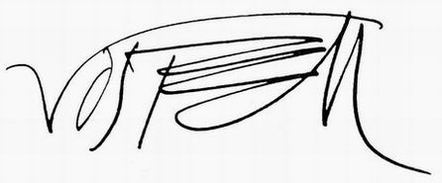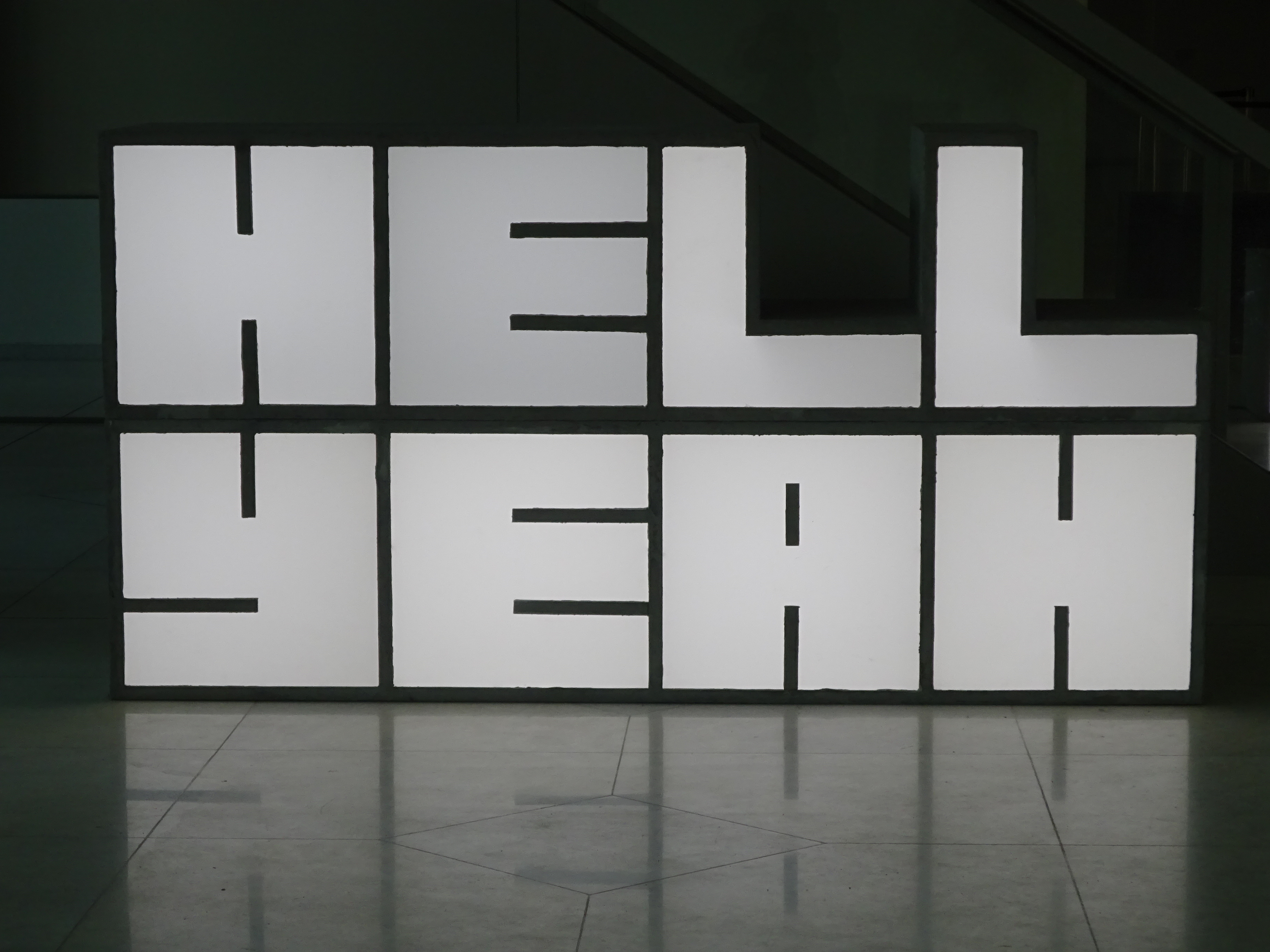|
Frac Lorraine
The Frac Lorraine, also known as 49 Nord 6 Est, is a public collection of contemporary art of the Grand Est region in France. It is located in Metz. History Regional collections of contemporary art (Fracs) were created in 1982 by the French Minister of Culture to disseminate contemporary art within each region of France. Set up within the political context of decentralization, Fracs were established on the principle that financing would be shared between the state and the regional councils. Fracs have three complementary missions: to collect the contemporary art of local, as well as, international artists, to take art out into a broad public, and to educate people about arts. The Frac Lorraine was founded in 1984 as a nomad contemporary art fund. Since 2004, it seats in the Saint-Livier Hôtel, an hôtel particulier of the 12th century in the historical centre of Metz. Since then, the Frac Lorraine has been nicknamed ''49 Nord 6 Est'' (), because of the geodesic of the H ... [...More Info...] [...Related Items...] OR: [Wikipedia] [Google] [Baidu] |
Metz
Metz ( , , lat, Divodurum Mediomatricorum, then ) is a city in northeast France located at the confluence of the Moselle and the Seille rivers. Metz is the prefecture of the Moselle department and the seat of the parliament of the Grand Est region. Located near the tripoint along the junction of France, Germany and Luxembourg,Says J.M. (2010) La Moselle, une rivière européenne. Eds. Serpenoise. the city forms a central place of the European Greater Region and the SaarLorLux euroregion. Metz has a rich 3,000-year history,Bour R. (2007) Histoire de Metz, nouvelle édition. Eds. Serpenoise. having variously been a Celtic ''oppidum'', an important Gallo-Roman city,Vigneron B. (1986) Metz antique: Divodurum Mediomatricorum. Eds. Maisonneuve. the Merovingian capital of Austrasia,Huguenin A. (2011) Histoire du royaume mérovingien d'Austrasie. Eds. des Paraiges. pp. 134,275 the birthplace of the Carolingian dynasty,Settipani C. (1989) Les ancêtres de Charlemagne. Ed. ... [...More Info...] [...Related Items...] OR: [Wikipedia] [Google] [Baidu] |
Dora García
Dora García (born 1965) is a contemporary Spanish artist. García draws on interactivity and performance in her work, using the exhibition space as a platform to investigate the relationship between artwork, audience, and place. García transforms spaces into a sensory experiences by altering perception and creating situations of interaction, often using intermediaries (professional actors, amateurs, or people she meets by chance) to enhance critical thinking. By engaging with the binary of reality vs. fiction, visitors become implicated as protagonists either in the construction of a collective fiction or questioning of empirical constructions–sometimes knowingly, and sometimes not. Since 1999 García has created several artworks on the web. Work Dora García was born in Spain and studied in Amsterdam, The Netherlands. As a young artist she moved to Brussels where she lived for 16 years. She participated with the real time theatre in public space "The Beggar's Opera". in M ... [...More Info...] [...Related Items...] OR: [Wikipedia] [Google] [Baidu] |
Architecture In Metz
Architecture is the art and technique of designing and building, as distinguished from the skills associated with construction. It is both the process and the product of sketching, conceiving, planning, designing, and constructing buildings or other structures. The term comes ; ; . Architectural works, in the material form of buildings, are often perceived as cultural symbols and as works of art. Historical civilizations are often identified with their surviving architectural achievements. The practice, which began in the prehistoric era, has been used as a way of expressing culture for civilizations on all seven continents. For this reason, architecture is considered to be a form of art. Texts on architecture have been written since ancient times. The earliest surviving text on architectural theories is the 1st century AD treatise ''De architectura'' by the Roman architect Vitruvius, according to whom a good building embodies , and (durability, utility, and beauty). Centu ... [...More Info...] [...Related Items...] OR: [Wikipedia] [Google] [Baidu] |
Buildings And Structures In Metz
A building, or edifice, is an enclosed structure with a roof and walls standing more or less permanently in one place, such as a house or factory (although there's also portable buildings). Buildings come in a variety of sizes, shapes, and functions, and have been adapted throughout history for a wide number of factors, from building materials available, to weather conditions, land prices, ground conditions, specific uses, prestige, and aesthetic reasons. To better understand the term ''building'' compare the list of nonbuilding structures. Buildings serve several societal needs – primarily as shelter from weather, security, living space, privacy, to store belongings, and to comfortably live and work. A building as a shelter represents a physical division of the human habitat (a place of comfort and safety) and the ''outside'' (a place that at times may be harsh and harmful). Ever since the first cave paintings, buildings have also become objects or canvasses of much artistic ... [...More Info...] [...Related Items...] OR: [Wikipedia] [Google] [Baidu] |
Contemporary Art Galleries In France
Contemporary history, in English-language historiography, is a subset of modern history that describes the historical period from approximately 1945 to the present. Contemporary history is either a subset of the late modern period, or it is one of the three major subsets of modern history, alongside the early modern period and the late modern period. In the social sciences, contemporary history is also continuous with, and related to, the rise of postmodernity. Contemporary history is politically dominated by the Cold War (1947–1991) between the Western Bloc, led by the United States, and the Eastern Bloc, led by the Soviet Union. The confrontation spurred fears of a nuclear war. An all-out "hot" war was avoided, but both sides intervened in the internal politics of smaller nations in their bid for global influence and via proxy wars. The Cold War ultimately ended with the Revolutions of 1989 and the dissolution of the Soviet Union in 1991. The latter stages and ... [...More Info...] [...Related Items...] OR: [Wikipedia] [Google] [Baidu] |
FRAC Collections
Frac or FRAC may refer to: * Frac or fraccing, short name for Hydraulic fracturing, a method for extracting oil and natural gas * FRAC Act, United States legislation proposed in 2009 to regulate hydraulic fracturing * Frac module, a format for the MOTM modular synthesizer * Frac pacs, packaged ground coffee for coffee machines * Frac Press, an imprint of OmniScriptum devoted to the reproduction of Wikipedia content * Frac(''R''), mathematical notation for field of fractions, the smallest field in which an integral domain can be embedded * Fonds régional d'art contemporain (FRAC), a network of 23 public collections of contemporary art across France * Fleet Replacement Aircrew Training, an advanced training option for aircrewmen in the U.S. Navy * Formula Regional Americas Championship, regional Formula 3 championship * Front for the Alternance and Change, a party coalition formed during the Togolese presidential election, 2010 * Fungicide Resistance Action Committee, an organiz ... [...More Info...] [...Related Items...] OR: [Wikipedia] [Google] [Baidu] |
Wolf Vostell
Wolf Vostell (14 October 1932 – 3 April 1998) was a German painter and sculptor, considered one of the early adopters of video art and installation art and pioneer of Happenings and Fluxus. Techniques such as blurring and Dé-coll/age are characteristic of his work, as is embedding objects in concrete and the use of television sets in his works. Wolf Vostell was married to the Spanish writer Mercedes Vostell and has two sons, David Vostell and Rafael Vostell. Biography Wolf Vostell was born in Leverkusen, Germany, and put his artistic ideas into practice from 1950 onwards. In 1953, he began an apprenticeship as a lithographer and studied at the Academy of Applied Art in Wuppertal. Vostell created his first Dé-coll/age in 1954. In 1955–1956, he studied at the École Nationale Superieur des Beaux Arts in Paris and in 1957 he attended the Düsseldorf Academy of Arts. Vostell's philosophy was built around the idea that destruction is all around us and it runs through all ... [...More Info...] [...Related Items...] OR: [Wikipedia] [Google] [Baidu] |
Niele Toroni
Niele Toroni (born 15 March 1937 in Muralto) is a Swiss painter. He lives and works in Paris. Work In 1966 Toroni started a practice he calls "Travail-Peinture". Toroni's method, brushstrokes made with imprints of a no. 50 paintbrush repeated at perpendicular 30 centimeter intervals, was first shown at a debut in 1967 in Paris at an exhibition-performance at the Salon de la Jeune Peinture in the Musèe d'Art Moderne de la Ville de Paris. That same year, Toroni founded the BMPT (art group) together with Daniel Buren, Olivier Mosset, and Michel Parmentier. In works like ''Miroir d’Eau'' (1973) and ''Vert Wagon'' (1977), the imprints made with a n°50 paintbrush are repeated at regular intervals of 30 cm. Exhibitions Toroni was included in documentas 7 (1982) and 9 (1992); São Paulo Art Biennial in 1991; and the Venice Biennale of 1976. Solo exhibitions include shows at Museum Kurhaus Kleve, Kleve, Germany in 2002; Niele Toroni: Histoires de Peinture at l'ARC/ Musée d'A ... [...More Info...] [...Related Items...] OR: [Wikipedia] [Google] [Baidu] |
Hiroshi Sugimoto
is a Japanese photographer and architect. He leads the Tokyo-based architectural firm New Material Research Laboratory. Early life and education Hiroshi Sugimoto was born and raised in Tokyo, Japan. He reportedly took his earliest photographs in high school, photographing film footage of Audrey Hepburn as it played in a movie theater.Hiroshi Sugimoto , New York. In 1970, Sugimoto studied politics and sociology at Rikkyō University in Tokyo. In 1974, he retrained as an artist and received his BFA in Fine Art ... [...More Info...] [...Related Items...] OR: [Wikipedia] [Google] [Baidu] |
Hito Steyerl
Hito Steyerl (born 1 January 1966) is a German filmmaker, moving image artist, writer, and innovator of the essay documentary."Hito Steyerl" ''e-flux'', Retrieved 10 August 2014. Her principal topics of interest are media, technology, and the global circulation of images. Steyerl holds a PhD in Philosophy from the . She is currently a professor of New Media Art at the , where she co-founded the Research Center for Proxy Politics, together with Vera Tollmann and [...More Info...] [...Related Items...] OR: [Wikipedia] [Google] [Baidu] |
Cornelia Parker
Cornelia Ann Parker (born 14 July 1956) is an English visual artist, best known for her sculpture Sculpture is the branch of the visual arts that operates in three dimensions. Sculpture is the three-dimensional art work which is physically presented in the dimensions of height, width and depth. It is one of the plastic arts. Durable sc ... and installation art."Cornelia Parker RA" Royal Academy, Retrieved 20 November 2018. Life and career Parker was born in 1956 in Cheshire, England. She studied at the Gloucestershire College of Art and Design (1974–75) and Wolverhampton Polytechnic (1975–78). She received her MFA from Reading University in 1982 and honorary doctorates from the University of Wolverhampton in 2000, the University of Birmingham ( ...[...More Info...] [...Related Items...] OR: [Wikipedia] [Google] [Baidu] |
Nicholas Nixon
Nicholas Nixon (born October 27, 1947) is an American photographer, known for his work in portraiture and documentary photography, and for using the 8×10 inch view camera. Biography Nixon was born in 1947 in Detroit, Michigan. Influenced by the photographs of Edward Weston and Walker Evans, he began working with large-format cameras. Whereas most professional photographers had abandoned these cameras in favor of shooting on 35 mm film with more portable cameras, Nixon preferred the format because it allowed prints to be made directly from the large format negatives, retaining the clarity and integrity of the image. Nixon has said "When photography went to the small camera and quick takes, it showed thinner and thinner slices of time, nlikeearly photography where time seemed non-changing. I like greater chunks, myself. Between 30 seconds and a thousand of a second the difference is very large." His first solo exhibition was at the Museum of Modern Art curated by John Szarkows ... [...More Info...] [...Related Items...] OR: [Wikipedia] [Google] [Baidu] |




.png)


%2C_2003.jpg)